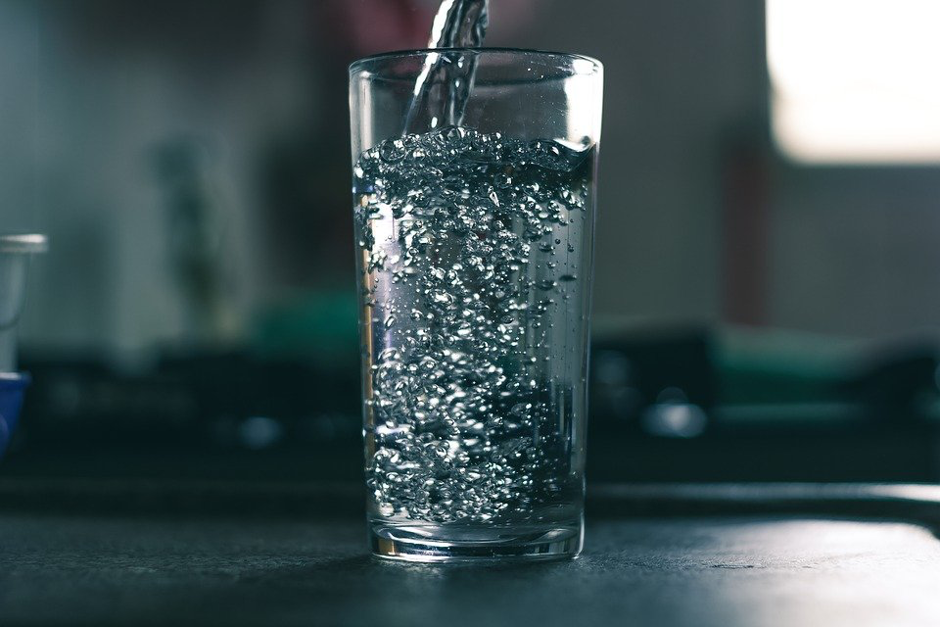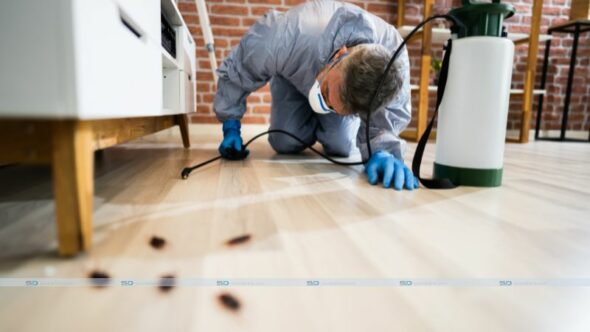By now we’ve all heard about the benefits of drinking plenty of water. There are posters on the subway, disruptive adverts on YouTube, and that overly health-conscious co-worker that wakes up every morning for a 5km run. We get it, hydration is good.
While it’s true that drinking around 3-4 liters of fluid a day is beneficial to maintaining a healthy lifestyle, that’s a fair amount of liquid we’re putting into our bodies, and water from the faucet might not actually be as safe as appearances suggest. With an increase in the number of reported cases of illness due to unsafe drinking water, it would be nice to know that our efforts to be health-conscious aren’t going to waste. If you or a loved one were diagnosed with any of the related liver injuries and had a history of drinking Real Water, contact a las vegas hepatitis lawsuit lawyer today.
Fortunately, that’s where water filtration systems come into play – removing the bad stuff and leaving behind crystal clear and clean water. In addition to drinking water, there is a wide range of other uses and applications for in-line water filtration.
However, why not try these out and change your water filters quickly. Filters can easily be installed in showers, appliances like dishwashers and washing machines, or even on the main water pipe to ensure all water entering your home is rust, sediment, and contaminant free.
How it Works
A whole house water filter system attaches to part of an already existing water supply. In the case of an under-sink filter, it attaches directly to the cold-water pipe running underneath your kitchen sink. Options are available for other appliances such as refrigerators, and offer simple no-tools filter replacement.
Filters remove a bunch of contaminants from your water, including:
- Chlorine
- Sediment
- Lead
- Rust
- Bacteria
- Mercury
- VOCs
There’s some pretty clever stuff going on inside home water filtration systems. In the case of a reverse osmosis filter, the water goes through a multi-step process before reaching the faucet. We won’t get into the nitty-gritty details here, but if you want the full explanation visit discountfilterstore.com.
Here’s the Basic Breakdown
Unwanted inorganic materials are removed as the water under pressure flows through the first filter. Water then passes through a secondary carbon filter/membrane which reacts to dissolve chemicals such as chlorine which are then removed from the system down the drain. The remaining water is stored in a ceramic tank (to avoid reacting with the metal pipes) and finally passed through the final filter before exiting the faucet for added clarity and improved taste. You can always use custom bottled water around the house and also to avoid dehydration and stay healthy.
Other Benefits
In-line filters can be installed on showers for more manageable, softer hair and improved skin complexion. You’ll also find extended life of everyday appliances such as dishwashers due to the removal of sediment and chlorine, leading to fewer repairs and saving money over time. Garden plants and pets will also appreciate the change to a purer water source. Find the best poly pipe risers and other water scheduling info.
Installation
If you’re unsure of whether or not you need an in-line water filter, you can order from a range of at-home test kits that determine everything from contaminants and heavy metals to water hardness and biological nasties. Depending on which filter you’re after, they can be installed fairly quickly by yourself but for the perimeter drain cleaning you need a professional. Other filters may require a plumber to ensure correct installation. If you consume a lot of water, tea, coffee, and other beverages each day, it’s nice to have the reassurance that the only side effect is a few extra trips to the bathroom.







